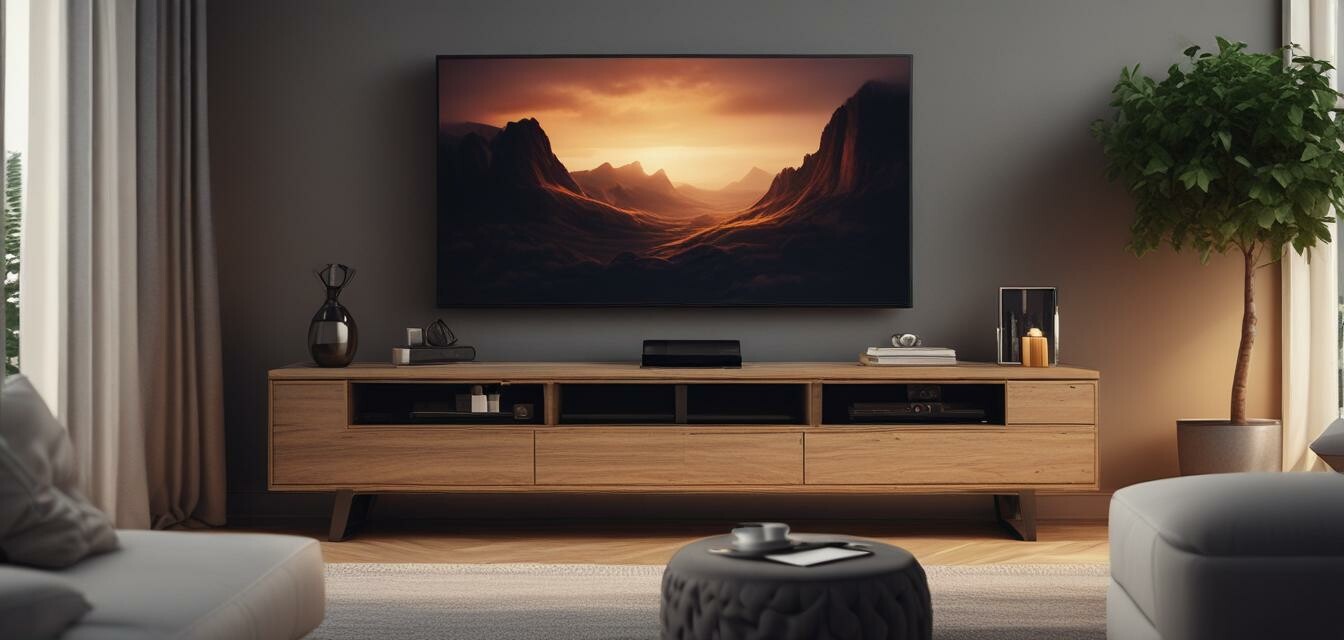
How to Set Up a Soundbar for Optimal Performance
Key takeaways
- Choosing the right location for your soundbar enhances audio performance.
- Properly connecting cables avoids sound issues and ensures system compatibility.
- Adjusting settings on your soundbar can significantly improve the audio experience.
- Consider additional accessories for a more immersive sound experience.
- Regular troubleshooting can help maintain optimal performance over time.
Setting up a soundbar correctly can greatly enhance your audio experience, whether you're watching movies, playing games, or listening to music. With the right placement, connections, and adjustments, you can maximize the sound quality and performance of your soundbar. This guide will walk you through step-by-step instructions to ensure you achieve the best results.
Step 1: Choosing the Right Location
The location of your soundbar is essential for optimal audio performance. Here are some factors to consider:
- Height: Ideally, your soundbar should be positioned at ear level when you are seated.
- Obstructions: Ensure there are no objects blocking the soundbar for an unobstructed audio path.
- Distance from TV: Maintaining a close distance from the television will enhance sound synchronization.
Step 2: Connection Options
Connecting the soundbar to your television requires selecting the appropriate method. Here are the most common options:
| Connection Type | Description |
|---|---|
| HDMI ARC | Allows sending audio and controlling the soundbar with one cable. |
| Optical Cable | Offers digital audio quality and is commonly used for soundbars. |
| Auxiliary Cable | Straightforward analog connection, best for basic setups. |
| Bluetooth | Wireless connection option for convenience and flexibility. |
Connecting your soundbar
Follow these steps to make the connections:
- Select your preferred connection type based on the available ports.
- Connect one end of the cable to the soundbar and the other end to the TV.
- If using Bluetooth, pair your soundbar by following the manufacturer's instructions.
- Plug the soundbar into a power source.
Step 3: Adjusting Settings
After connecting your soundbar, adjust the audio settings for better performance:
- Audio Modes: Experiment with different sound modes like Movie, Music, or Night mode.
- Equalizer Settings: Customize treble and bass settings to suit your preferences.
- Volume Levels: Balance the volume between your TV and soundbar.
Tips for Beginners
- Read the manual for specific features of your soundbar.
- Consider wall-mounting your soundbar for a clean look.
- Run a sound test by playing various types of media to find the best settings.
Step 4: Enhancing Your Experience with Accessories
To elevate your soundbar experience, consider additional accessories:
- Subwoofers: Adding a subwoofer can enhance bass performance.
- Sound Absorbing Panels: These can improve your room's acoustics.
- Universal Remote: Simplifies the control of multiple devices.
Step 5: Troubleshooting Common Issues
If you experience issues with your soundbar, try the following solutions:
| Issue | Possible Solution |
|---|---|
| No sound | Check the connections and ensure the TV volume is up. |
| Sound lag | Adjust the audio delay settings either on the TV or soundbar. |
| Low volume | Increase the volume on both the TV and soundbar. |
| Connection issues | Reconnect cables and ensure the correct input is selected on your TV. |
By following these steps for setting up your soundbar, you can enjoy a superior audio experience right from your living room. For further guidance, be sure to check our Buying Guides for selecting the best soundbar for your needs.
Pros
- Improves audio quality significantly compared to TV speakers.
- Easy to install with minimal tools required.
- Increases functionality with smart home integration.
Cons
- Some models may have compatibility issues with older TVs.
- Additional purchase of accessories may be necessary for optimal performance.
- Occasional software updates might be required for wireless models.
For more tips and guides on optimizing your audio experience, visit our How-To Guides section. Happy listening!